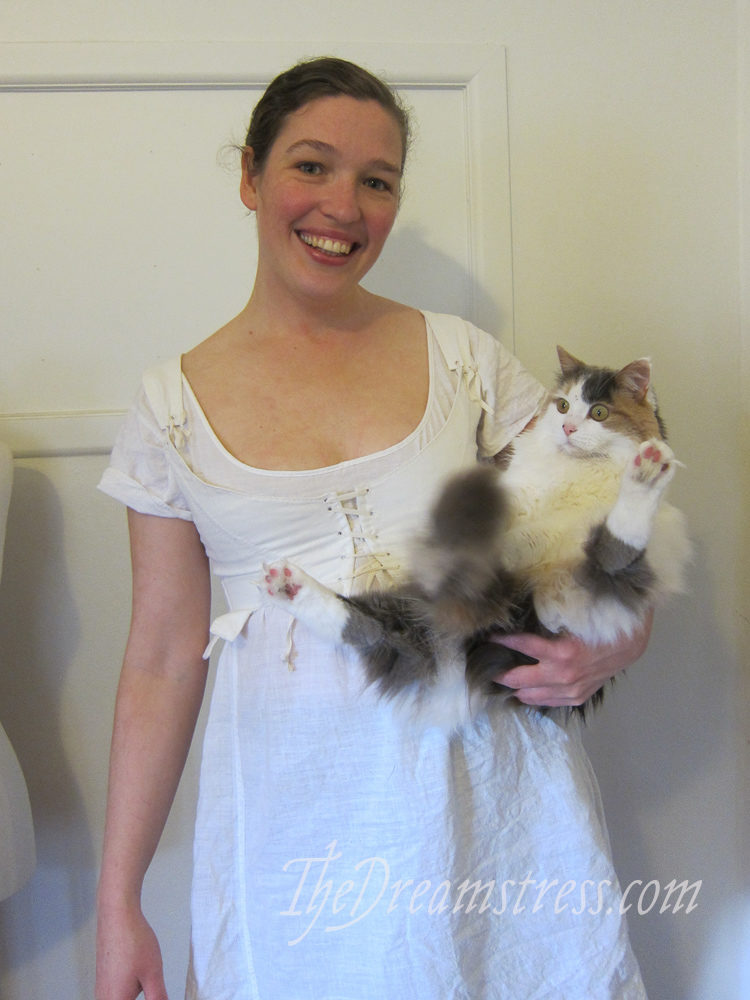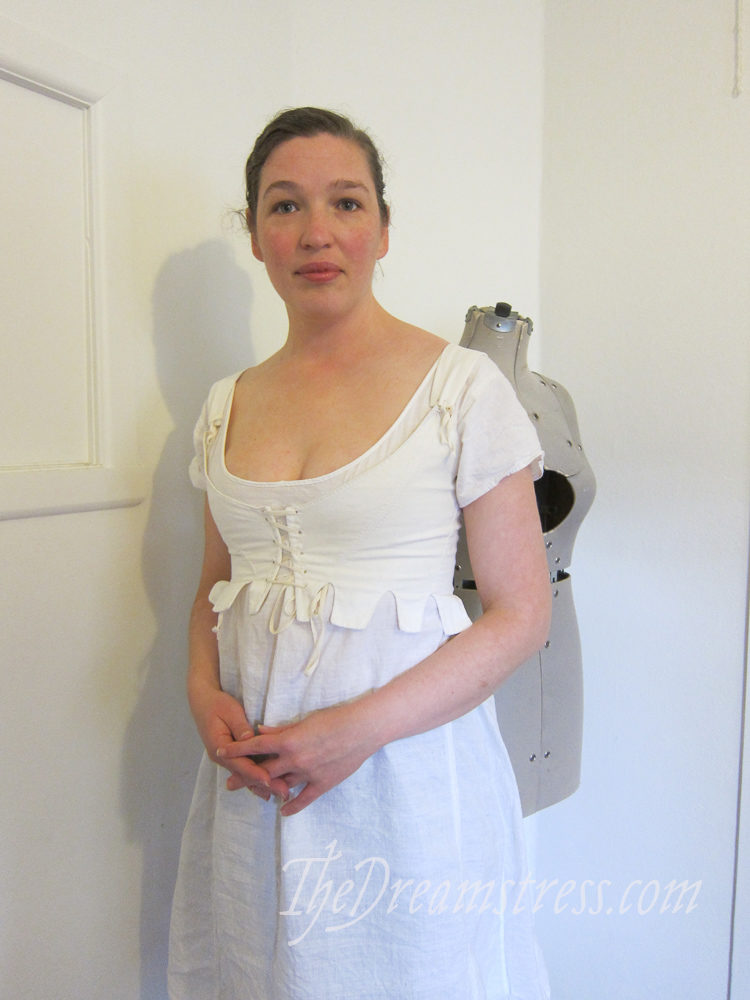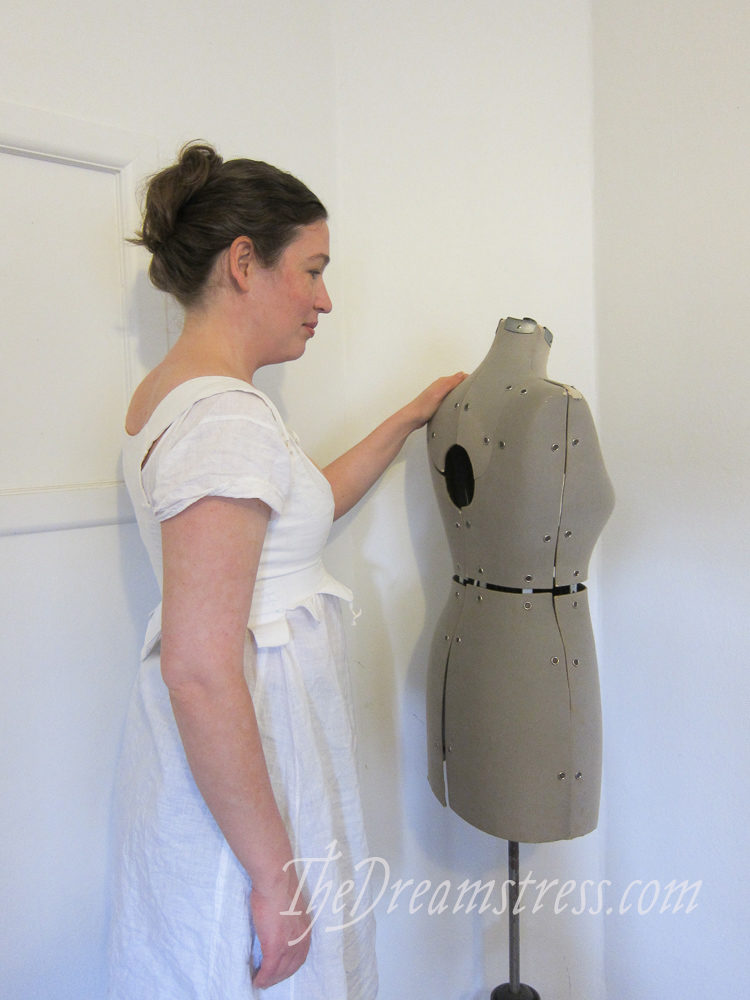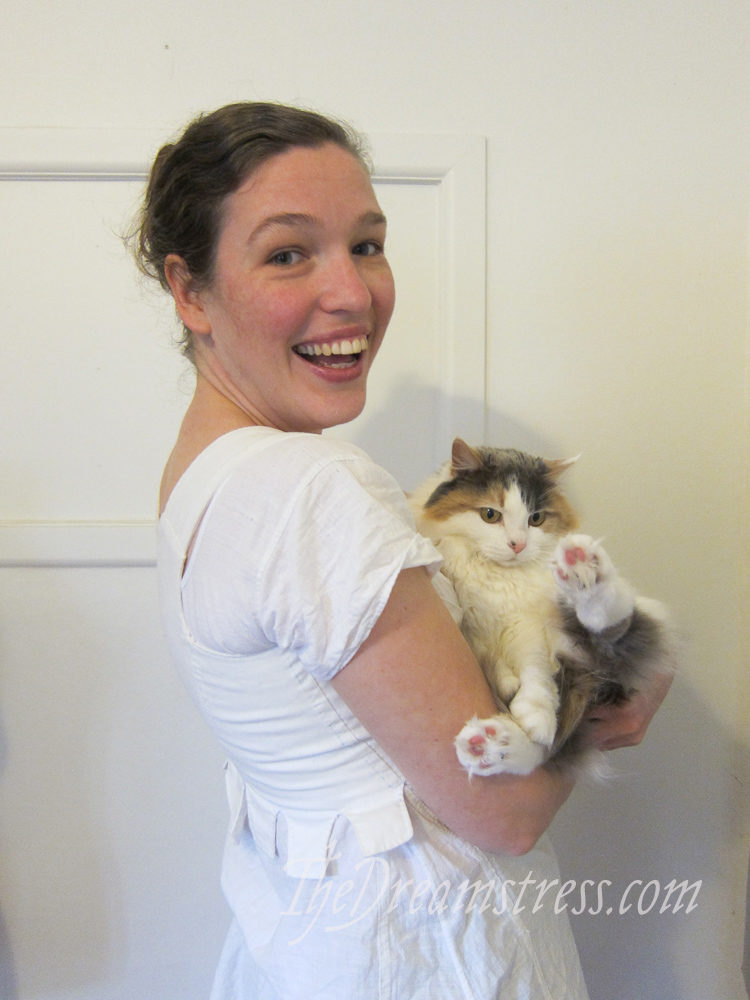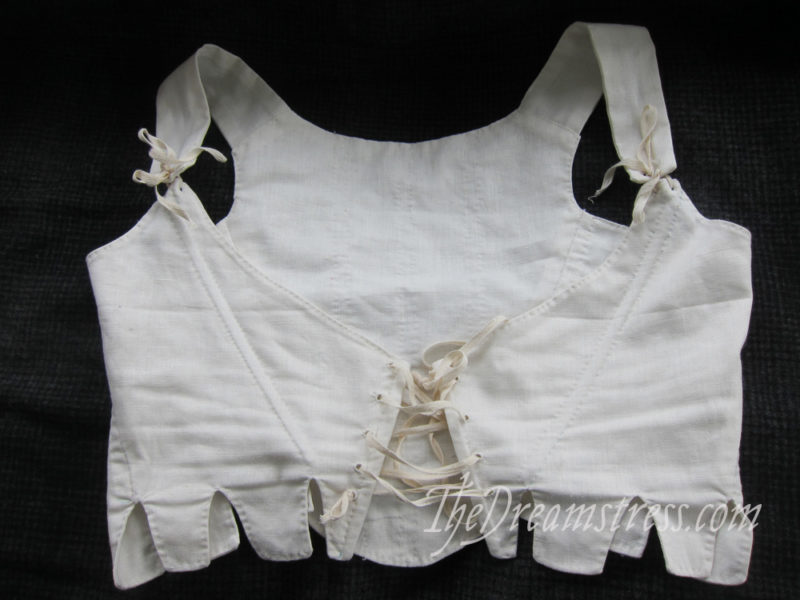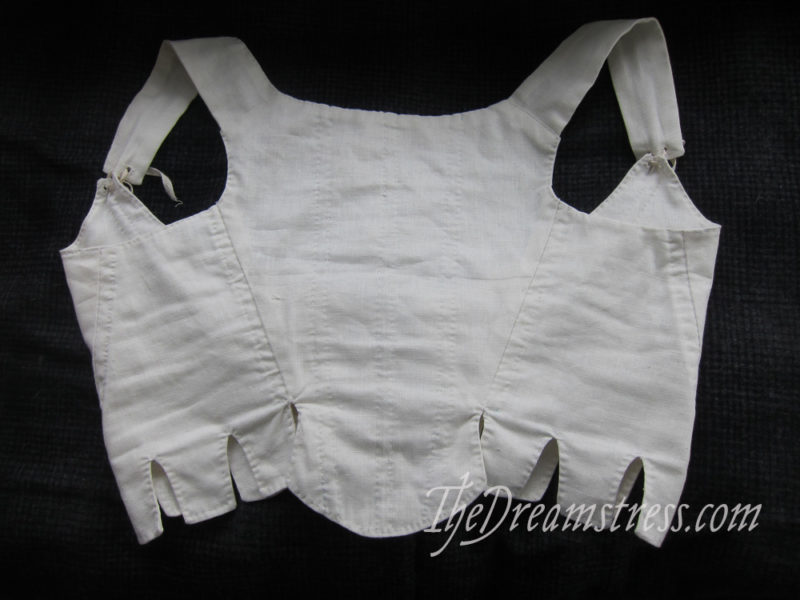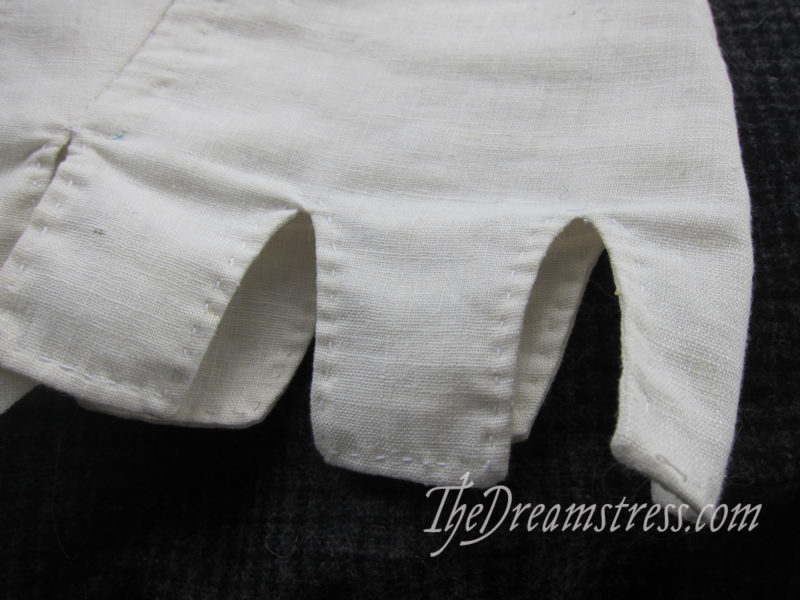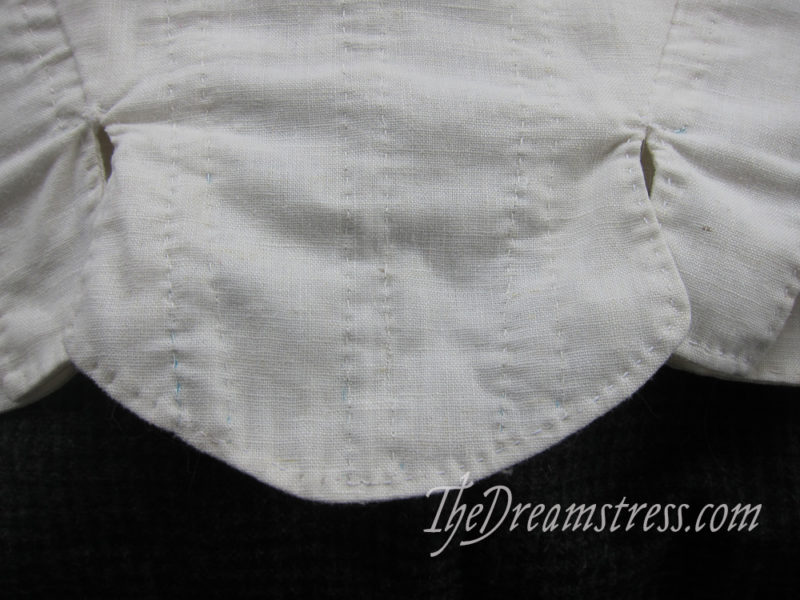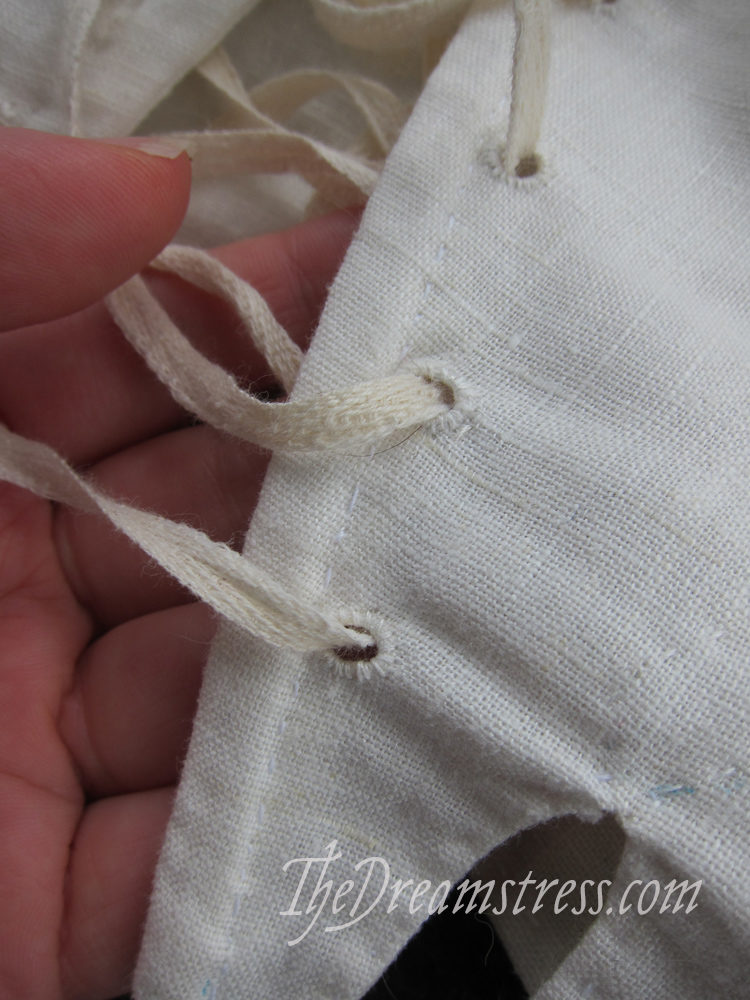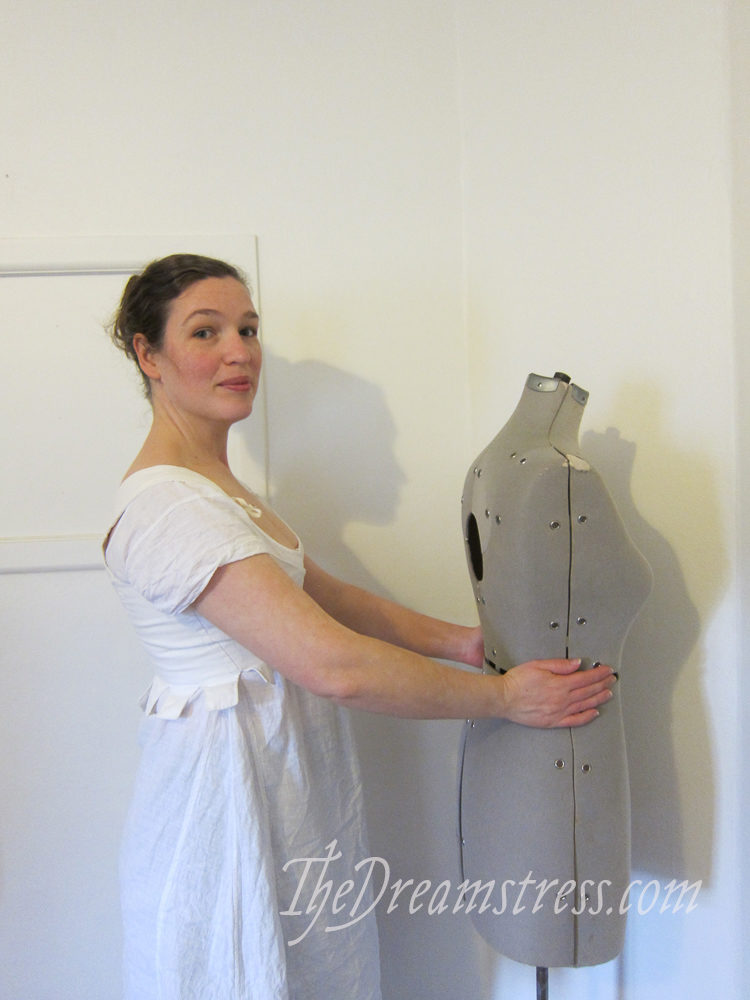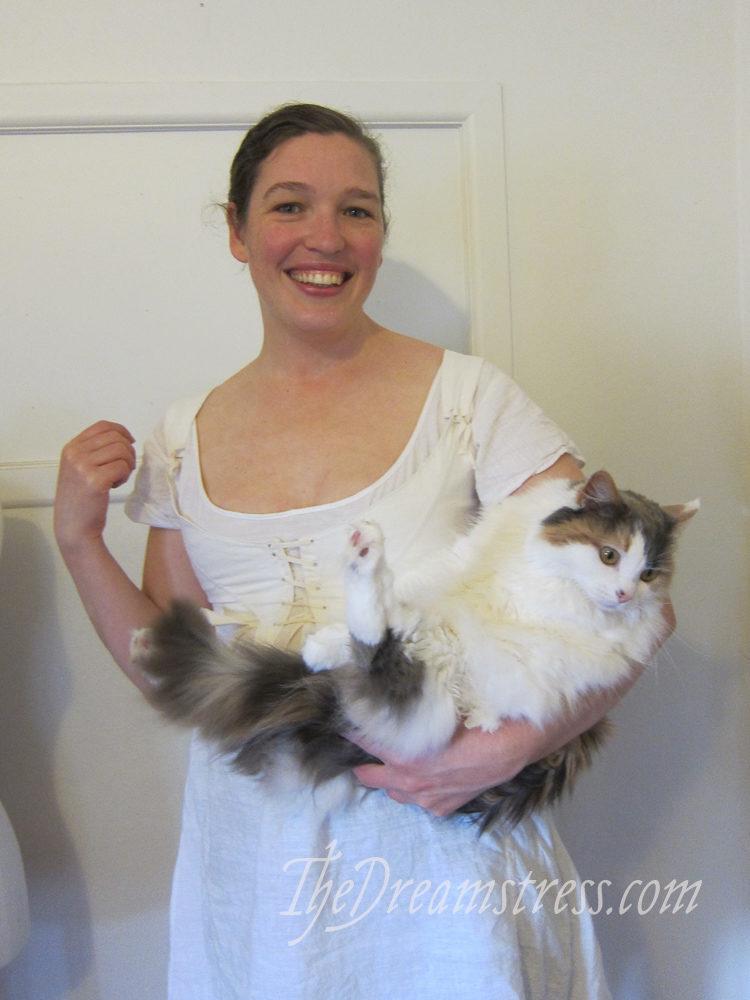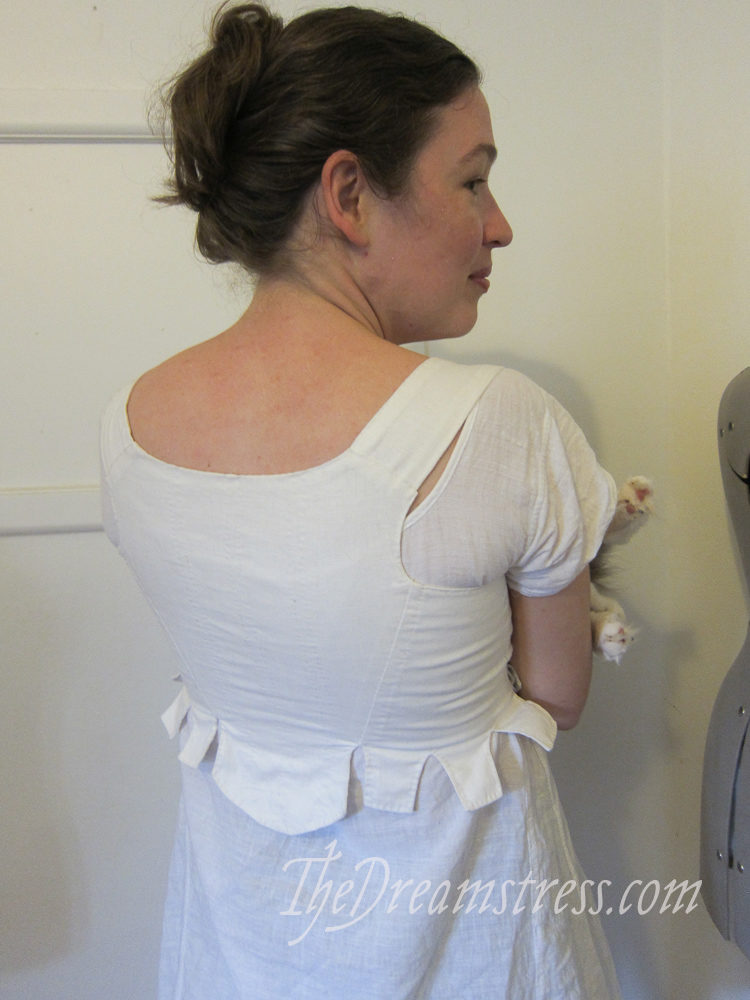Last week disappeared in a haze of overwork, and this week isn’t looking like it’s going to be much better (last week of term is stressful for everyone…)
So this week’s Rate the Dress is brought to you by ‘it was the first one I randomly selected from my ‘this would work for Rate the Dress’ list.
Last-last week: a yellow silk 1780s redingote
Many of you liked it, but many of you thought it was nice, but boring. And nobody loved it – not a single 10.
The Total: 8 out of 10
Pretty good, but not fabulous from a usually favourite era.
This week: a 1912 afternoon dress by Jeanne Hallee
Despite being a random selection, this afternoon dress does flow on rather nicely from last week’s pick. The frock, with its wrapped fichu collar, and open overskirt, is a perfect example of 1910s-does-18th century historicism.

The rest of the dress, is, of course, pure 1912: high waist, slim skirt, high collar and layers of trim, with quirky details like skirt pick ups, and innovative details like cut-on kimono sleeves.

I’d always assumed this dress was wide stripes, but on closer inspection, its actually stripes over a floral pattern.

What do you think?
Rate the Dress on a Scale of 1 to 10
A reminder about rating — feel free to be critical if you don’t like a thing, but make sure that your comments aren’t actually insulting to those who do like a garment. Phrase criticism as your opinion, rather than a flat fact. Our different tastes are what make Rate the Dress so interesting. It’s no fun when a comment implies that anyone who doesn’t agree with it, or who would wear a garment, is totally lacking in taste.
(as usual, nothing more complicated than a .5. I also hugely appreciate it if you only do one rating, and set it on a line at the very end of your comment, so I can find it! And 0 is not on a scale of 1 to 10. Thanks in advance!)


